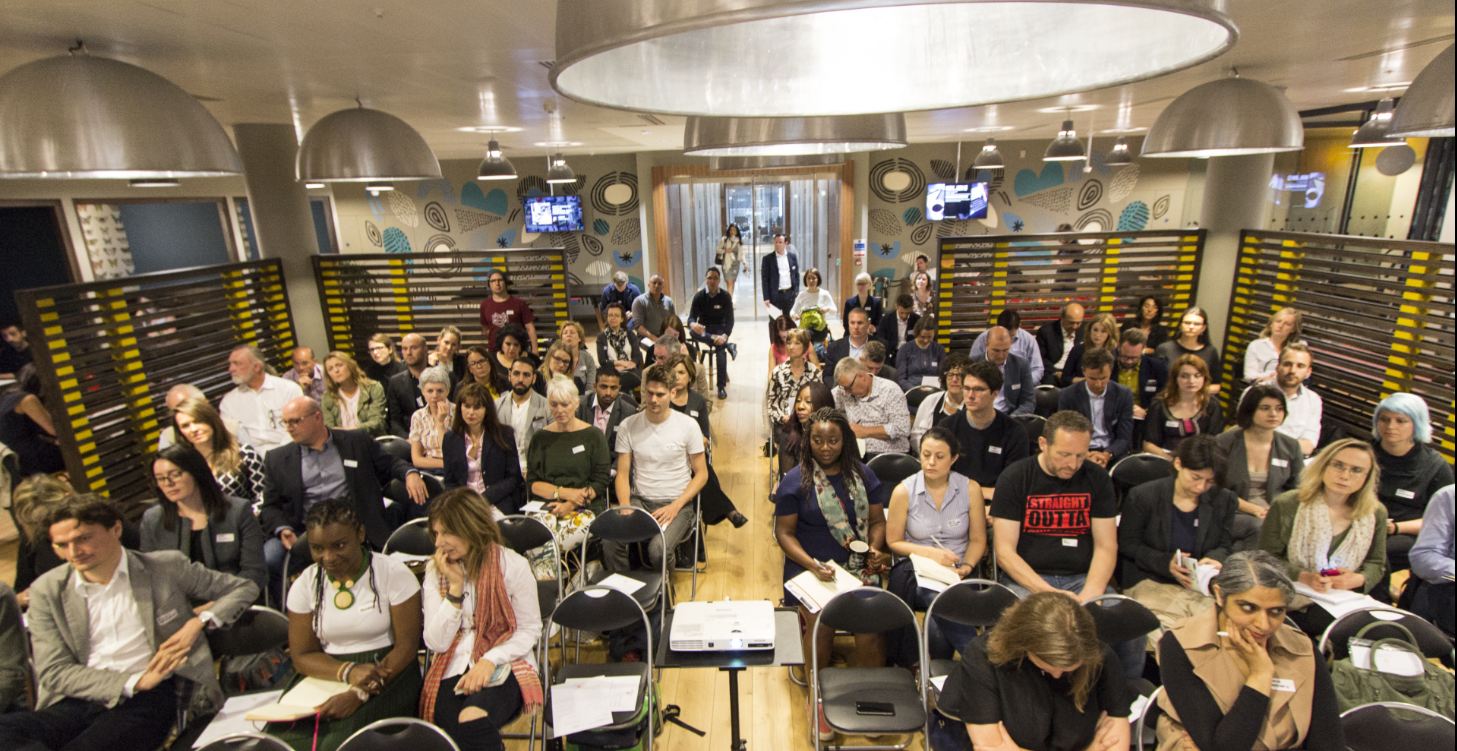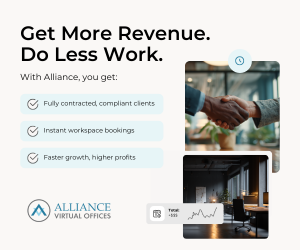There were many highlights of the 2016 Social Workplace Conference, ranging from the ‘Uberisation’ of flexible workspace to the value of events for members and operators.
One particular highlight was a presentation by JLL, delivered by senior researcher Karen Williamson and workplace strategist Maciej Markowski, during which they explored the growth of coworking and its impact on corporate real estate.
The duo discussed how JLL’s corporate clients are “very much embracing coworking as a real estate strategy”, citing their own research that predicts more growth for the sector as it continues to open new ways of working for the complete organisational spectrum, ranging from startups and independents to SMEs, corporates and multi-nationals.
They explained that part of this growth is driven by a rise in freelancing and flexible working practices. Yet it’s also down to a wider acceptance by corporates who wish to bring coworking into their organisations and tap into a ready-made pool of talent, innovation, and new ideas.
This “talent agenda” opens up new opportunities for large companies as well as users of the space, whether they provide the space internally or open it out to external organisations.
Before we explore the different ways that coworking is currently being used by corporates, here are some of the key highlights from the 2016 report issued by JLL – ‘A New Era of Coworking’:
- The number of members using coworking spaces globally has been steadily increasing year on year, and is predicted to reach one million by 2018.
- Drawing on Deskmag’s 2015 Global Coworking Survey, the report found that 61% of coworking space providers are planning to expand their operations. Almost 80% expect their number of members to increase in 2016.
- In a recent JLL poll, 74% of respondents indicated that thinking, talking, and brainstorming create the most value for an organisation. In response, companies are turning to solutions such as coworking to encourage collaboration.
- A report by Accenture and CoreNet in 2015 revealed that 42% of companies expect collaboration with entrepreneurs to accelerate disruptive innovation, and 63% say they value shared office space for the ability to collaborate.
Ways to bring coworking into the corporate workplace
According to JLL, “With four million new businesses being registered worldwide just in one year, coworking spaces are witnessing increased demand.” But with corporates keen to get in on the collaborative action, it’s not just independent operators witnessing this influx.
JLL identifies four core models of coworking that are making their way into the corporate workplace, which become increasingly complex from an operational standpoint (1 > 4):
- Internal Collaboration: Internal coworking space for employees only. As the easiest way to implement coworking, the benefits are internal collaboration, efficient space utilisation, flexibility for staff and a secure environment. But, the main downside is a lack of exposure to external talent.
- Coworking Memberships: External coworking memberships for employees. On the plus side, this model is easy to implement, it’s flexible, ideal for mobile workers, and has a low initial outlay cost. However, the risks focus on limited control over use of space, security concerns, and potential proximity to competitors.
- External Coworking Space: Collaboration space for employees shared with other organisations in an external coworking environment. The obvious benefits are access to innovation through proximity to talent, knowledge sharing and flexibility. However, the benefits are confined only to individuals exposed to this way of working. It also runs the risk of a cultural clash as well as confidentiality/security concerns.
- Internal Coworking Space: Internal coworking space that’s open to external organisations as well as internal staff. Although it’s cited as the most complex model to implement, the benefits can be significant. Namely, full control over design and management, high level of flexibility, excellent collaboration opportunities, and access to talent. But the risks include potential breach of confidentiality, high operational complexity, and possible cultural clash.
As with all business decisions, there is a balance between risk and reward. Yet while the more complex models may carry more risk in terms of confidentiality and cultural clash, these can be offset with careful workspace design, a mix of spaces and an intelligent choice of furniture. The reward is a more collaborative workspace that’s conducive to higher levels of innovation.
Ultimately, regardless of which model corporate firms choose to work with, the sheer choice on offer demonstrates the fantastic diversity of coworking and its agility to confirm with a vast array of corporate requirements.
With this in mind, it’s no wonder JLL concludes: “With a growing number of companies looking to tap into these benefits, it is only a matter of time before coworking becomes an integral part of the corporate real estate toolkit.”
Photo courtesy of Carsten Foertsch, Deskmag


 Dr. Gleb Tsipursky – The Office Whisperer
Dr. Gleb Tsipursky – The Office Whisperer Nirit Cohen – WorkFutures
Nirit Cohen – WorkFutures Angela Howard – Culture Expert
Angela Howard – Culture Expert Drew Jones – Design & Innovation
Drew Jones – Design & Innovation Jonathan Price – CRE & Flex Expert
Jonathan Price – CRE & Flex Expert











